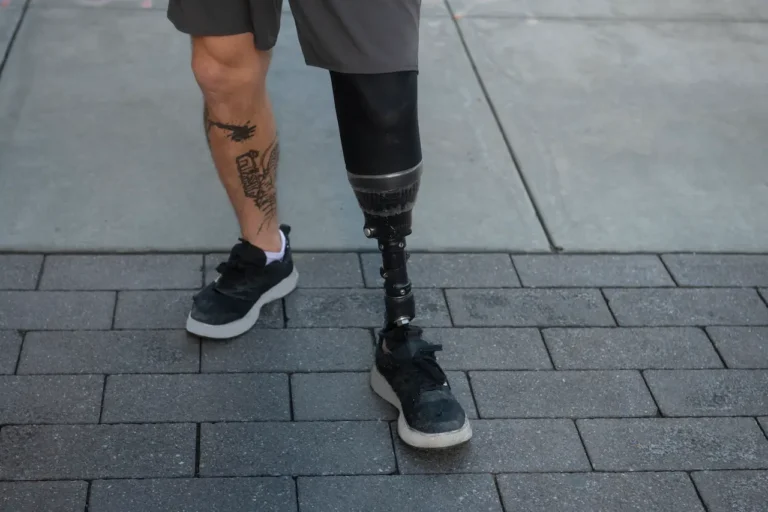Occupational Therapy for Amputees
Occupational therapy plays a critical role in helping amputees adapt and regain independence. It includes managing pain, preparing the limb for prosthetic use, and engaging with therapeutic practices aimed at boosting physical and emotional recovery.
- Focus on emotional support to tackle depression and role loss.
- Promote hygiene and wound healing for optimal recovery.
- Gradual desensitization of the limb to prepare for prosthetics.
What are the 3 Types of Amputations?
Understanding the types of amputations provides insights into the treatment approaches and rehabilitation goals.
- Congenital Deformity: Occurs before birth, resulting in the absence or incomplete formation of a limb.
- Traumatic Amputation: Often happens due to accidents and might necessitate further surgical intervention.
- Surgical Amputation: Performed to address severe diseases like cancer or infections.
Types of Foot Amputations
Foot amputations are categorized based on the level and extent of removal:
- Complete Tarsal: Removal of all foot bones, ideal for severe injuries.
- Partial Tarsal: Involves the metatarsals and phalanges; used for localized damage.
Body Powered Prosthesis
Body-powered prosthetics use body movements to control and operate prosthetic devices, offering certain advantages and challenges:
- Advantages:
- Durability and cost-effectiveness.
- Some level of proprioceptive feedback.
- Disadvantages:
- Requires a harness, which can be conspicuous or uncomfortable.
- Limited aesthetic appeal.
Amputation Occupational Therapy
Occupational therapy after amputation focuses on:
- Pain Management: Techniques like mirror box therapy and desensitization help to relieve pain sensations associated with phantom limbs.
- Prosthetic Training: Therapeutic exercises to ensure efficient use of prosthetic limbs in daily activities.
Amputation Management: Pre-Prosthetic Phase
This critical phase in amputation therapy involves the preparation of the residual limb for prosthetic fitting and adapting to changes. A sample regimen may include:
- Patient education in hygiene, wound care, and mental health support.
- Application of compression techniques like wrapping and shrinkers to shape the residual limb.
Types of Prostheses
Learn the distinctions between various prosthetic options:
- Body-Powered Prostheses: Operate via body movements.
- Myoelectric Prostheses: Use EMG signals for more natural control.
- Cosmetic Prostheses: Designed primarily for appearance, lacking movable parts.
This knowledge is crucial for NBCOT® success, contributing to both understanding and practical application.
Want detailed practice tips to ace the NBCOT® exam? Join now for full access!
What role does occupational therapy play in amputee recovery?
Occupational therapy is crucial for amputees as it helps them adapt, manage pain, and regain independence. It involves preparing the limb for prosthetic use and supporting emotional and physical recovery.
What are the main types of amputations?
The three main types of amputations are Congenital Deformity, Traumatic Amputation, and Surgical Amputation. Each type influences the treatment and rehabilitation approach for the patient.
How do body-powered prosthetics work and what are their pros and cons?
Body-powered prosthetics operate through body movements, offering durability and proprioceptive feedback. However, they require a harness that can be uncomfortable and lack aesthetic appeal.
What techniques are used in the pre-prosthetic phase of amputation management?
Techniques in the pre-prosthetic phase include education on hygiene and mental health, wound care, and compression techniques to prepare the residual limb for prosthetic fitting.
What types of prostheses are available and how do they differ?
Prosthetic options include body-powered prostheses operated by body movements, myoelectric prostheses using EMG signals, and cosmetic prostheses designed mainly for appearance without movable parts.



